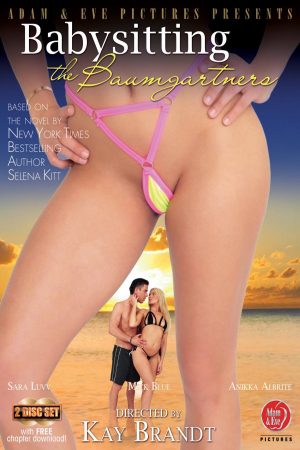As a writer of erotic romance, I’m always trying to analyze the ways in which sex strengthens story. I’ve been very vocal in my belief that a story without sex is like a story without eating or breathing. Sex is a major driving force in our lives on many levels that I’ve dealt with in many blog posts. Because it is a major driving force in our lives it must also be a major driving force in story. Sex is a powerful way to create conflict and chaos in fiction. It’s a way of allowing our characters to interact on an intimate level. And it’s one of the very best ways to cut through our characters’ facades and get an honest look at who they are when their guard is down and they’re at their most vulnerable. With that in mind, I’ve decided to share a few points that I always find helpful when I write sex scenes. For me, going back to the basics is always a great way to sharpen my skills. And I love to share the things that work for me.
I would like to add that many of these points I have learned as much from reading bad sex scenes or gratuitous sex scenes as I have from my own efforts. But then every writer hones her craft through being an avid reader.
Three occasions not to write sex
1. While writing children’s books
2. While writing the definitive work on antique saltcellars.
3. When you’re not a writer, you’re a bricklayer. Even then …
Three important reasons to incorporate sex in your writing
1. Sex adds tension.
2. Sex adds depth and dimension to a story, and gives it more humanity.
3. Sex adds intimacy and transparency to the story and helps the reader better know the characters.
Three big no-nos in writing sex
1. Sex should never be gratuitous. If it doesn’t further the story, don’t put it in.
2. Sex shouldn’t be a trip to the gyno office. Technical is NOT sexy.
3. Sex should never be clichéd or OTT. (unless it suits the story)
Four suggestions for writing better sex scenes
1. Write sex unselfconsciously. No one is going to believe you’re writing about yourself any more than they believe Thomas Harris is a cannibal.
2. Sex scenes should always be pacey. Too much detail is worse than not enough. Sex should neither slow nor speed up the pace of the novel. It shouldn’t be used like an interval in a play. It should not serve as filler to bolster word count. It should always keep pace with the story being told.
3. Approach sex in your writing voyeuristically by watching and learning from your characters. Their personalities, emotional baggage and behavior traits will dictate how they have sex and how you write it.
4. You should always be able to feel a good sex scene in your gut. I’m not talking about wank material, I’m talking about The Clench. It’s a different animal. The Clench below the navel is for the sex scene what the tightness in the chest and
The Clench. It’s a different animal. The Clench below the navel is for the sex scene what the tightness in the chest and
shoulders is for the suspense scene. Ya need to feel it.
The power of good sex can drive a story in ways that almost nothing else can. Good sex can be the pay-off for a hundred pages of sexual chemistry and tension, but the pay-off is even better if it’s also the cause of more chaos, sling-shotting the reader breathlessly on to the next hundred pages and the next.




